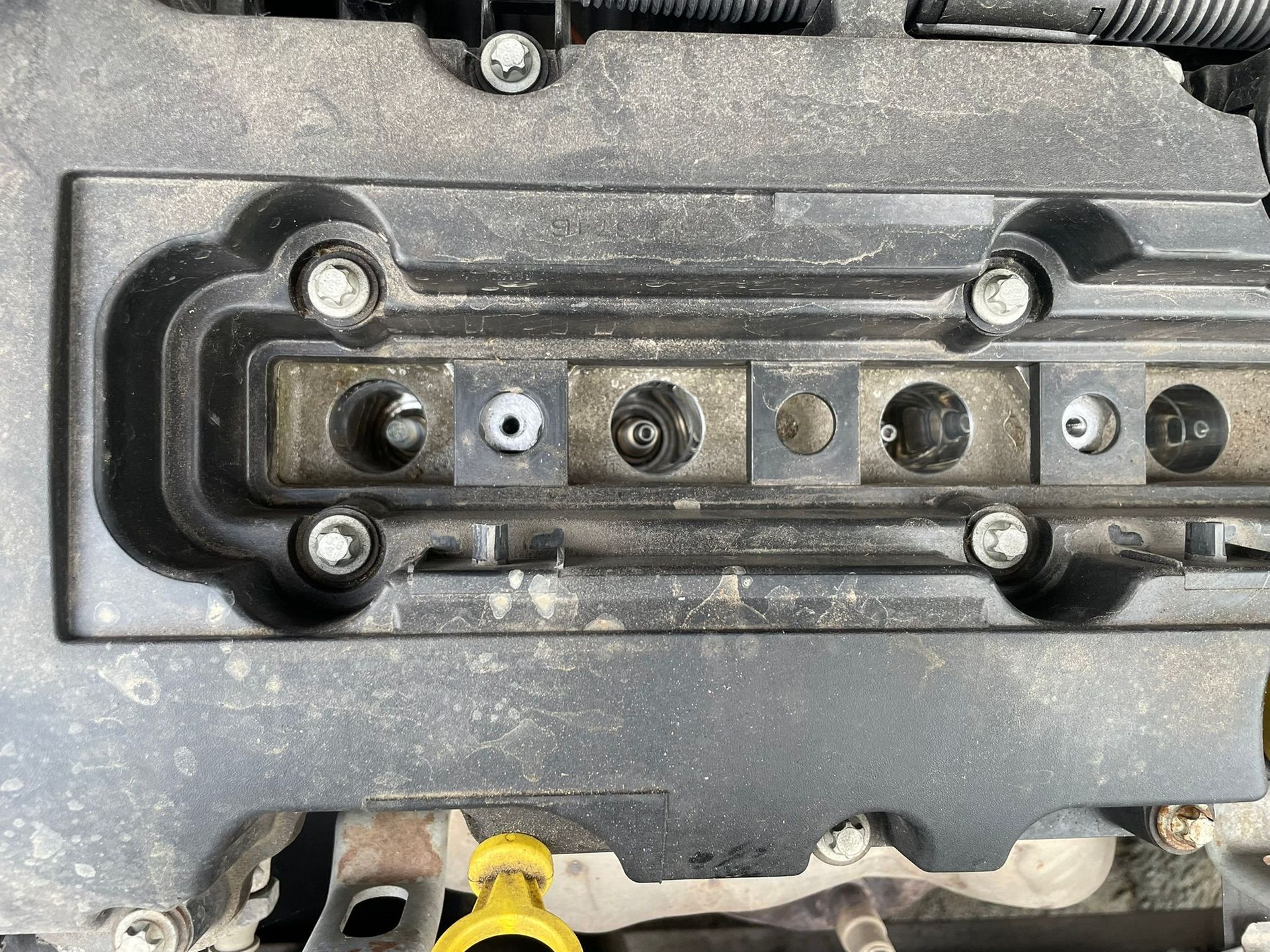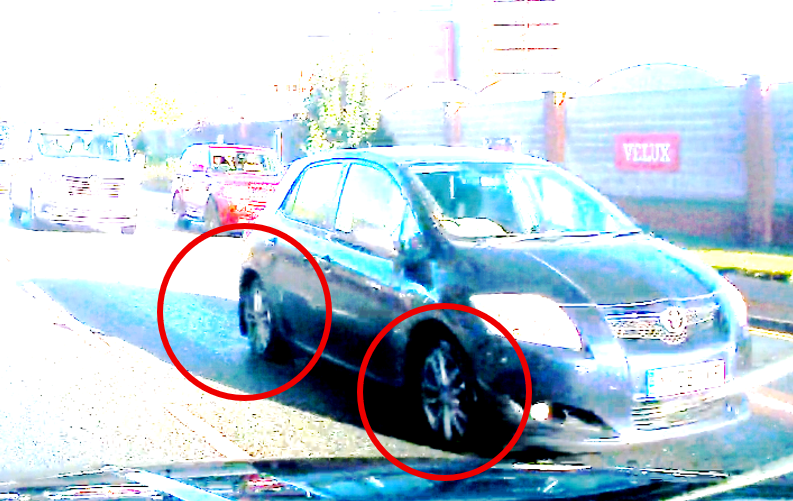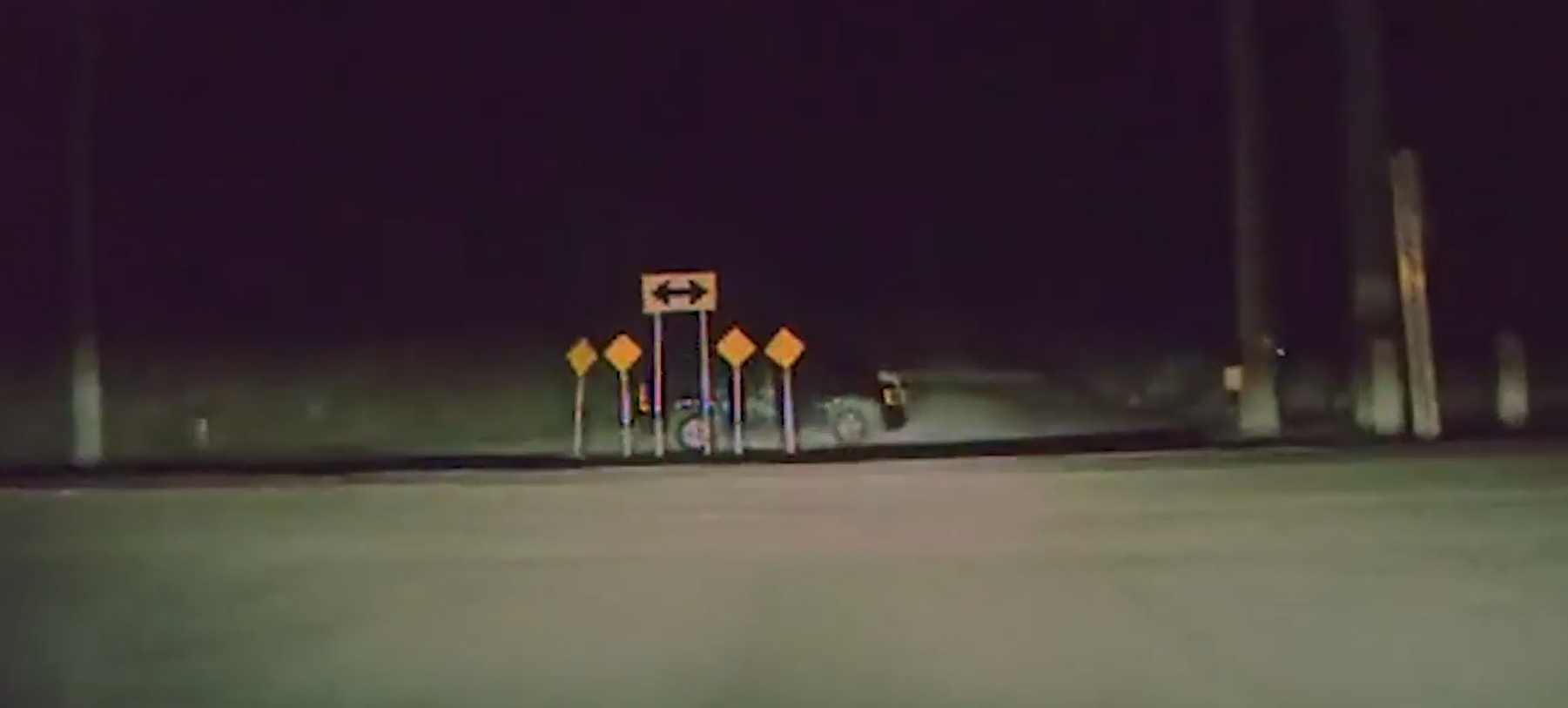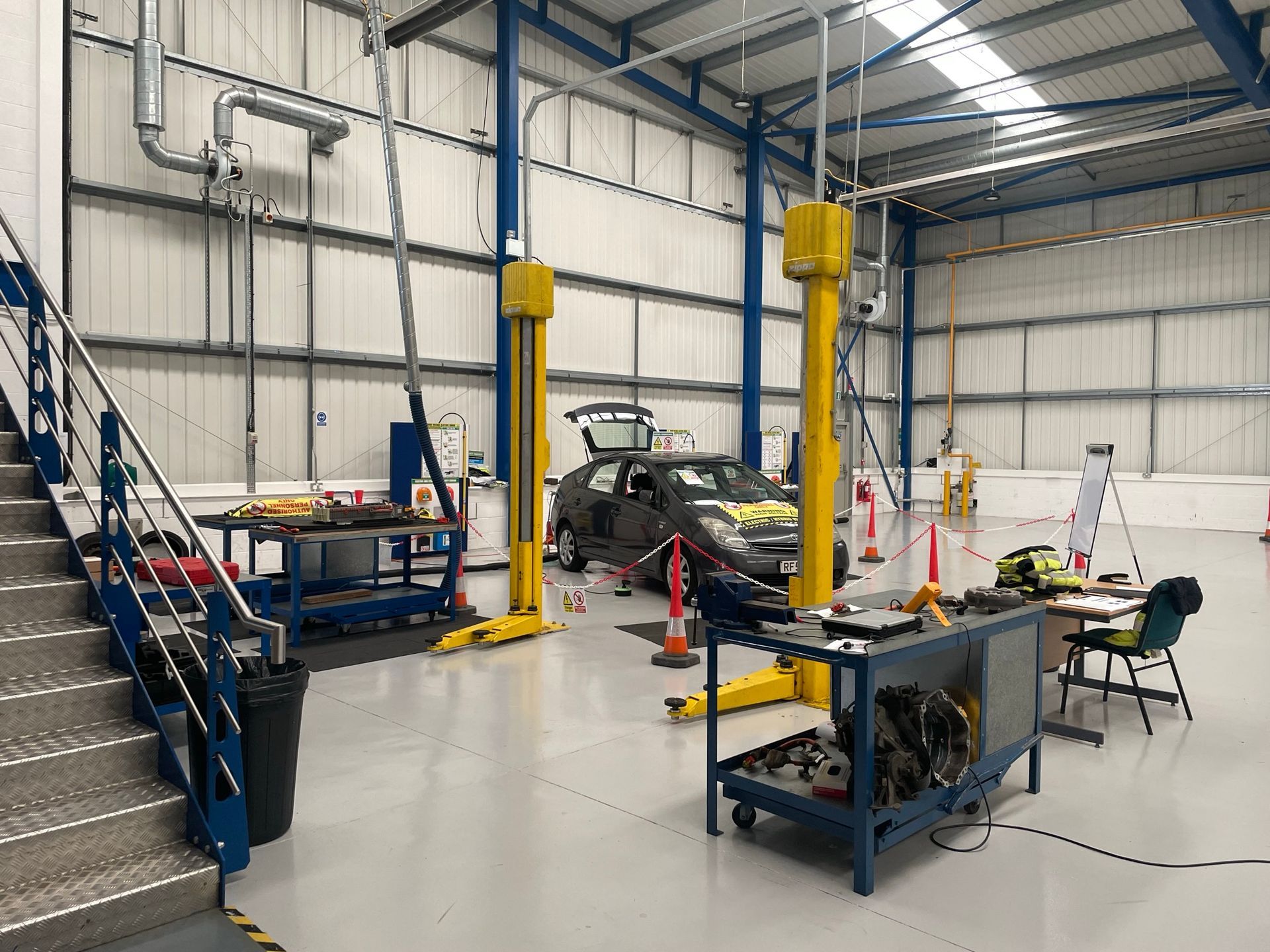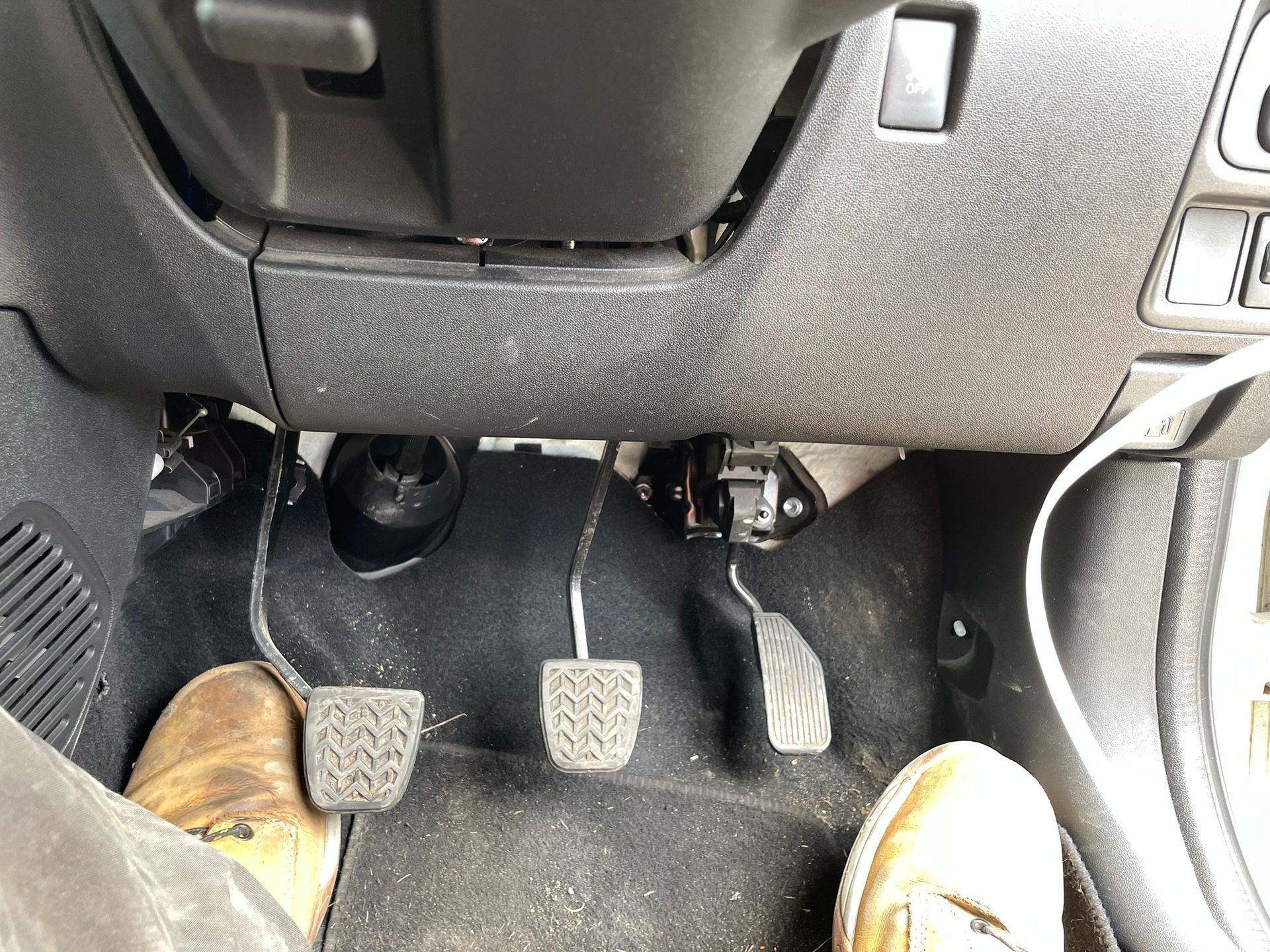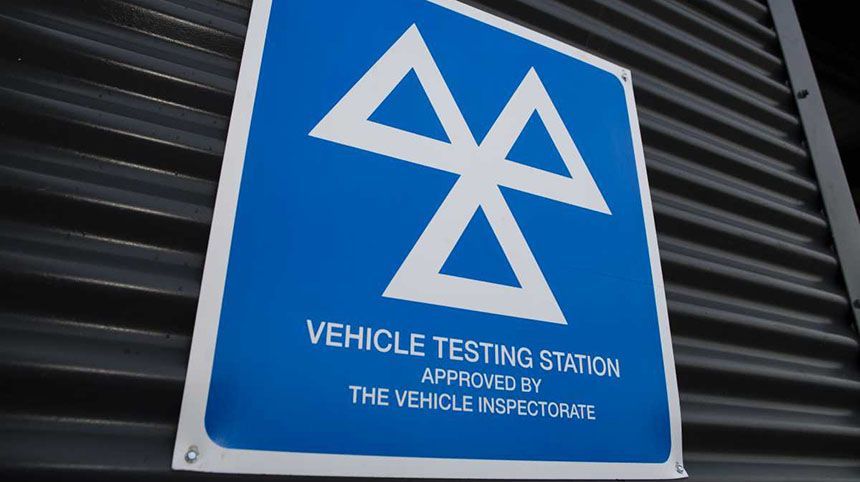Can you spot the problem?

Last week I posted the picture above on the companies LinkedIn page, and asked followers to see if they could work out what the problem was with the picture. Before I reveal the answer, can you spot the problem?
Speed limit - The speed limit displayed on the screen is the problem. It was showing as 80 miles per hour.
Modern cars are fitted with advanced driver assistance systems (ADAS), which is a collective term which refers to active and passive systems whose aim is to prevent a collision, or where it can't be prevented, at least try to minimise it.
The car in question is fitted with a forward facing camera which detects road signs. In this case it has detected a road speed sign, but the speed displayed, was not the speed on the sign. The car detected 80 miles per hour, when the sign displayed 60 miles per hour.
Why is this relevant to collision investigation? Driven Forensics specialise in the recovery of vehicle borne data (including freeze frame data and EDR data) and one thing we are increasingly seeing, is a disparity between what we know has happened (from other reliable sources) compared to what the vehicle borne data suggests has happened.
The data isn't intentional trying to decieve you, but it does need to be handled carefully.
In this instance, the speed limit displayed being wrong made no difference to my journey because I wasn't travelling anywhere near the speed limit, but as we move more towards autonomous driving, more accessible vehicle borne data sources and increasing reliance on data sources, we need to sense check the data we are presented with, to make sure what the car thinks happened, actually happened.



